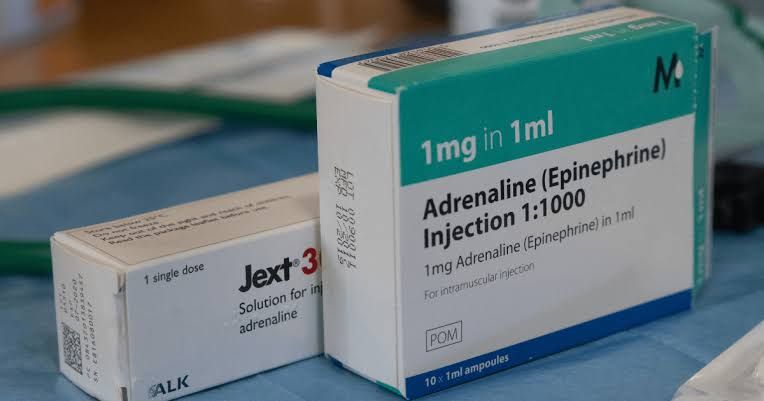
Types of Adrenergic Receptors
Adrenergic receptors are a class of G protein-coupled receptors that are targets for catecholamines such as norepinephrine and epinephrine. They are classified into two main types: alpha (α) and beta (β) receptors, which can be further subdivided.
Alpha Adrenergic Receptors
- Alpha-1 (α1):
- Location: Primarily found in vascular smooth muscle.
- Function: Activation leads to vasoconstriction, increased peripheral resistance, and elevated blood pressure. It also causes mydriasis (pupil dilation) and contraction of the bladder sphincter.
- Alpha-2 (α2):
- Location: Located presynaptically in the central nervous system and on some peripheral tissues.
- Function: Activation inhibits norepinephrine release, leading to decreased sympathetic outflow and reduced blood pressure. It plays a role in sedation and analgesia.
Beta Adrenergic Receptors
- Beta-1 (β1):
- Location: Primarily found in the heart.
- Function: Stimulation increases heart rate (positive chronotropic effect), increases myocardial contractility (positive inotropic effect), and enhances conduction through the AV node.
- Beta-2 (β2):
- Location: Found in bronchial smooth muscle, uterine smooth muscle, and vascular smooth muscle.
- Function: Activation leads to bronchodilation, vasodilation, and relaxation of uterine muscles.
- Beta-3 (β3):
- Location: Primarily located in adipose tissue.
- Function: Involved in lipolysis and thermogenesis.
Importance of Adrenergic Receptors in Therapy
Adrenergic receptors play a crucial role in various therapeutic applications:
- Cardiovascular Disorders: β1 agonists are used to treat heart failure by improving cardiac output. Conversely, α1 antagonists can be used to manage hypertension by promoting vasodilation.
- Respiratory Conditions: β2 agonists are essential for treating asthma and chronic obstructive pulmonary disease (COPD) due to their bronchodilatory effects.
- Anesthesia and Pain Management: α2 agonists like clonidine are utilized for their sedative properties and ability to reduce pain perception.
- Emergency Medicine: Epinephrine is critical during anaphylactic shock due to its ability to stimulate both α1 for vasoconstriction and β2 for bronchodilation.
Classification of Sympathomimetics Clinically
Sympathomimetics can be classified based on their mechanism of action:
- Direct Acting Sympathomimetics:
- These drugs directly stimulate adrenergic receptors. Examples include epinephrine, norepinephrine, dopamine, phenylephrine (α1), isoproterenol (non-selective β), albuterol (β2).
- Indirect Acting Sympathomimetics:
- These drugs increase the levels of endogenous catecholamines by inhibiting their reuptake or promoting their release from storage vesicles. Examples include amphetamines and cocaine.
- Mixed Action Sympathomimetics:
- These agents have both direct receptor activity and promote the release of catecholamines. An example is ephedrine.
Basis for Their Use in Therapy
The use of sympathomimetics is based on their ability to mimic the effects of sympathetic nervous system activation:
- Treatment of hypotension or shock with α1 agonists like phenylephrine.
- Management of asthma with β2 agonists like albuterol for bronchodilation.
- Cardiac support with β1 agonists like dobutamine in heart failure scenarios.
Important Adverse Reactions and Contraindications of Sympathomimetic Drugs
While sympathomimetics have therapeutic benefits, they also come with potential adverse reactions:
Adverse Reactions
- Increased heart rate (tachycardia)
- Hypertension
- Anxiety or restlessness
- Insomnia
- Palpitations
- Tremors
- Hyperglycemia due to increased glycogenolysis
Contraindications
Certain conditions may contraindicate the use of sympathomimetic drugs:
- Severe hypertension or cardiovascular diseases where increased workload may be harmful.
- Hyperthyroidism as it may exacerbate symptoms due to increased adrenergic activity.
- Patients with certain types of arrhythmias where stimulation could worsen cardiac rhythm issues.
In conclusion, understanding adrenergic receptors’ types, classifications of sympathomimetics, their therapeutic importance, adverse reactions, and contraindications is vital for effective clinical practice.







